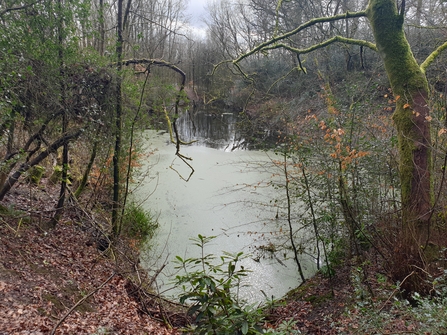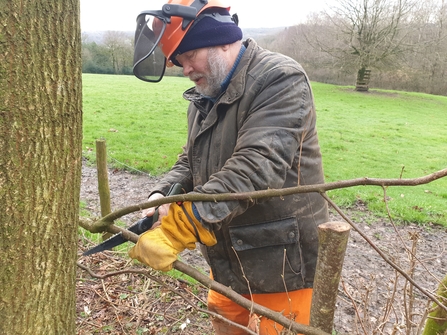Philips Park was once the grand gardens of Philips Park Hall, a stately home on the border of Prestwich and Whitefield in Bury. Formal gardens were surrounded by ancient semi-natural woodland dotted with ponds and a network of pathways.
Now owned by Bury Council, their parks team and a number of community groups have been working hard to look after Philips Park – an important urban greenspace providing access to nature for many people. Lancashire Wildlife Trust gets involved too, running important Nature & Wellbeing sessions in Philips Park and supporting regular volunteering, but additional funding from the National Highways Network for Nature scheme has allowed even more essential conservation work to take place.




